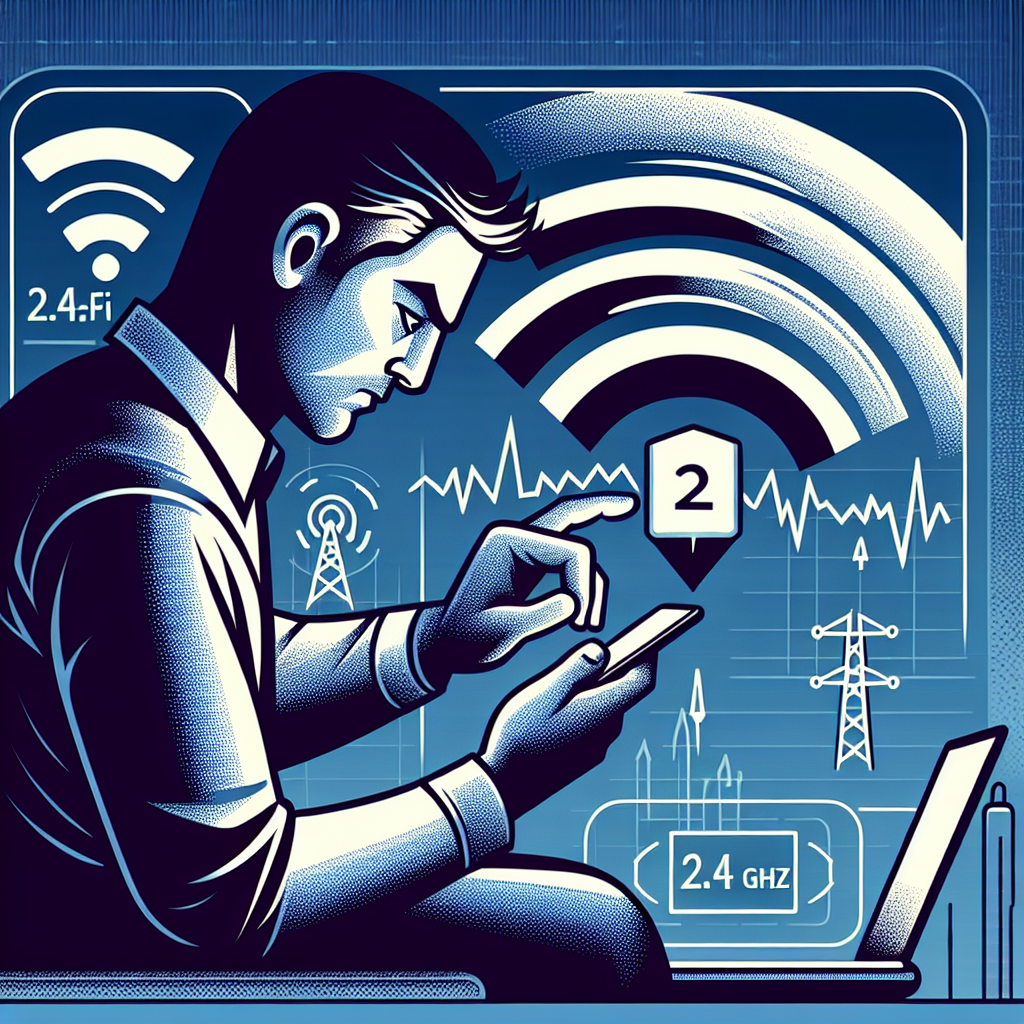How to Install an EV Charging Station at Home: A Step-by-Step Guide
Installing an EV charging station at home can enhance charging convenience and efficiency for electric vehicle owners. This comprehensive guide provides the necessary steps, considerations, and tips for a successful installation.

How to Install an EV Charging Station at Home: A Step-by-Step Guide
As electric vehicles (EVs) gain popularity, many owners are looking to install charging stations in their homes. An EV charging station, also known as an Electric Vehicle Supply Equipment (EVSE), can provide faster and more convenient charging than a standard wall outlet. If you’re considering this upgrade, you may be wondering how to install an EV charging station at home. Here's a detailed guide to help you navigate the process.
1. Assess Your Electrical System
The first step in installing an EV charging station is to assess your home’s electrical system. You'll need to determine:
- Electrical Capacity: Check the amperage of your electrical panel. A Level 2 charging station typically requires a 240-volt outlet and at least a 40-amp circuit.
- Available Space: Ensure there's enough space in your electrical panel for a new circuit. If your panel is full, you may need to upgrade to a larger panel.
- Distance to Parking Area: The location of your charging station relative to your electrical panel will impact the length and cost of wiring needed.
2. Choose the Right Charging Station
Once you've assessed your electrical system, it's time to choose a suitable EV charging station. Various options are available, ranging from different power levels to brands. When selecting a station, consider:
- Charging Speed: Level 1 chargers are standard household outlets and charge slowly, while Level 2 chargers are faster, typically providing 10-60 miles of range per hour.
- Compatibility: Ensure the charging station is compatible with your specific EV model.
- Features: Look for features like Wi-Fi connectivity, mobile app controls, or built-in safety features such as overcurrent protection.
3. Obtain Necessary Permits
Before installation, it's crucial to check local regulations regarding EV charger installations. Most areas require a permit for electrical work, especially if it involves modifications to the electrical panel. Contact your local building department to find out:
- If a permit is required for the installation.
- Any inspections needed to ensure compliance with local codes.
4. Hire a Licensed Electrician
While some homeowners may be tempted to tackle the installation themselves, employing a licensed electrician is generally the safest route. An electrician can:
- Ensure the electrical system meets the necessary code requirements.
- Properly install the charging station and connect it to the electrical panel.
- Assist in obtaining permits and schedule inspections.
During the installation, the electrician will run wiring from your electrical panel to the charging station’s location, install a dedicated circuit, and mount the charging unit.
5. Prepare the Installation Area
Before the electrician arrives, clear the area where you plan to install the charging station. Consider the following:
- Accessibility: Ensure ample space around the charging station for easy access to plug in your vehicle.
- Wall Surface: The installation should be on a sturdy wall. Concrete or other solid surfaces are ideal.
- Weather Considerations: If the station is outdoors, ensure it is rated for outdoor use and sheltered from the elements.
6. Understand the Installation Process
The actual installation of an EV charging station generally follows these steps:
- Shut Off Power: The electrician will turn off the power to the panel before beginning work.
- Run Wiring: They will run a dedicated circuit from the panel to the charging unit's location, which may involve drilling or cutting through walls.
- Install Circuit Breaker: A new circuit breaker specifically for the EV charging station will be installed in your electrical panel.
- Mount the EV Charger: The charging unit will be mounted to the wall securely, ensuring it meets all safety codes.
- Power On and Test: Once installed, the system will be powered on and tested to ensure it functions correctly.
7. Finalize Installation and Post-Installation Tips
Once your EV charging station is installed, follow these post-installation tips:
- Learn Familiarization: Read the user manual for your charger to familiarize yourself with its features, functions, and safety guidelines.
- Check Wiring and Outlets: Regularly inspect wiring and connections and ensure the outlet is clean and dry.
- Schedule Maintenance: Consider setting an annual maintenance check with your electrician to ensure everything is in proper working order.
Conclusion
Installing an EV charging station at home is a significant step toward enjoying the benefits of electric vehicle ownership. By following this guide, you will be well-equipped to oversee the installation process, from assessing your needs to working with an electrician. With the right preparations and resources, you can enjoy the convenience of charging your electric vehicle right at home.
New posts

Maximizing Your Savings: A Complete Guide to Rebates for Home EV Chargers
Home Improvement

How Often Do You Have to Charge an Electric Car? A Comprehensive Guide
Sustainability

Challenges in Urban EV Charging Infrastructure: A Deep Dive
Smart Cities

The Role of EV Charging in Urban Planning: A Sustainable Future
Sustainability

How EV Charging Supports Renewable Energy Integration
Electric Vehicles

How Cities Are Adapting to Electric Vehicle Charging: Innovations and Strategies
Sustainability

EV Charging in the Smart City Era: Revolutionizing Urban Mobility
Sustainability

The Future of EV Charging Stations and Smart Grid Integration: Transforming Energy Management
Sustainability

Comparing Wired and Wireless EV Charging Systems: A Comprehensive Analysis
Automotive

The Impact of EV Charging on Local Power Grids: Understanding the Challenges and Opportunities
Electric Vehicles
Popular posts

Exploring the Latest EV Charging Station Design Trends
Technology Trends

Insights from the Frontline: Interviews with EV Charging Industry Experts
Interviews
DIY Guide to Installing a Wallbox: A Step-by-Step Approach
DIY

The Future is Bright: EV Charging and Home Solar Panel Integration Explained
Home Improvement
How EV Charging is Set to Transform Mobility
Electric Vehicles

How Often Do You Have to Charge an Electric Car? A Comprehensive Guide
Sustainability

EV Charging Innovations from Around the World: Transforming the Future of Electric Mobility
Innovation

Guide to EV Charger Connectivity Options: Everything You Need to Know
Electric Vehicles

EV Charging in the Smart City Era: Revolutionizing Urban Mobility
Sustainability

Top Trends in EV Charging for 2025: What You Need to Know
Sustainability